
After the railway line to Marieville is electrified in 1913, the Notre-Dame-de-Bon-Secours parish municipality requests a station of their own, or at least an official stop, where the line passes the corner of Rang de la Savane. This range is actually an extension of Chemin du Cordon. The Montreal & Southern Counties Railway Company accepts their request, and the flag stop is designated Cordon Road. A few years later, the name for this point of embarkation will be changed to Rouville.
In 1914, prior to building at the Rouville flag stop, the parish council purchases a parcel of land from Henri Marcil at a cost of 25 piastres. The land is bordered by Rang de la Savane, the tracks of the Montreal & Southern Counties Railway, and Lot 106 on the cadastral map of the municipality. A multipurpose building at the flag stop is designed by Arthur Daigneault, who lives at Rang de la Savane, on land sloping down to the river. A road there, Montée Daigneault, will later be named for him. The council originally plans to use this building for holding its meetings, but that idea is later set aside.
Instead, it will be used for storing road maintenance machinery and farming equipment. The parish also envisions other uses when constructing this building. For example, the farmers in the area need a warehouse they can use for sending milk cans every day to large dairies in Montreal and Granby, and for receiving and shipping agricultural supplies and equipment. As for regular travellers, they wait on a wooden platform alongside the tracks for the electric streetcars to arrive. When the weather is bad, they can keep warm in a small heated room inside the warehouse. To board a streetcar at designated flag stops like these, railway travellers must always signal their presence with a red flag in advance, so the motorman knows to make a stop.
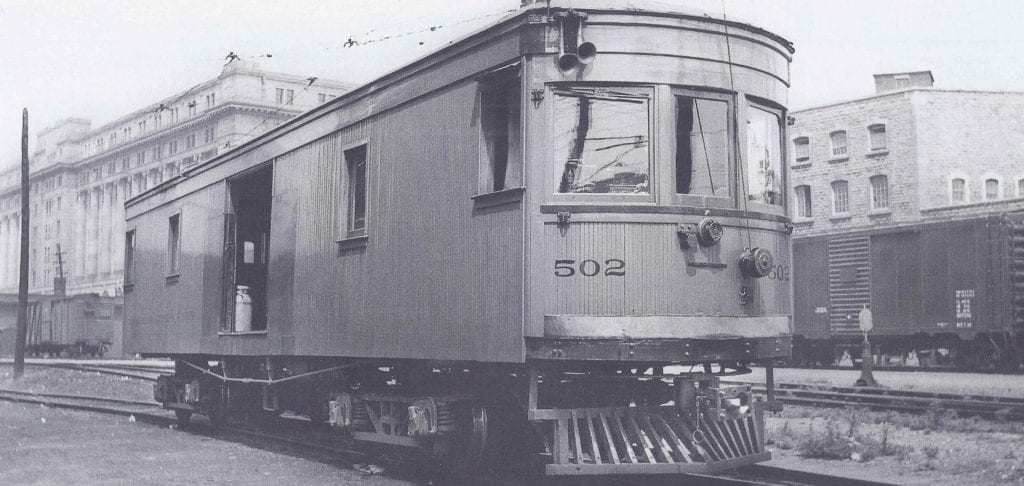
Car 502 was used for transporting milk cans to large dairies in Montreal and Granby.
With the arrival of the railroad mail service, the farmers receive their packages and letters much faster than before. During this era, the final yards of mail service to each farm are covered by the post rider Arthur Daigneault. When the streetcar reaches the stop, he arrives on his horse to collect la malle. He will then devote much of the day to delivering letters and packages to the farmers.
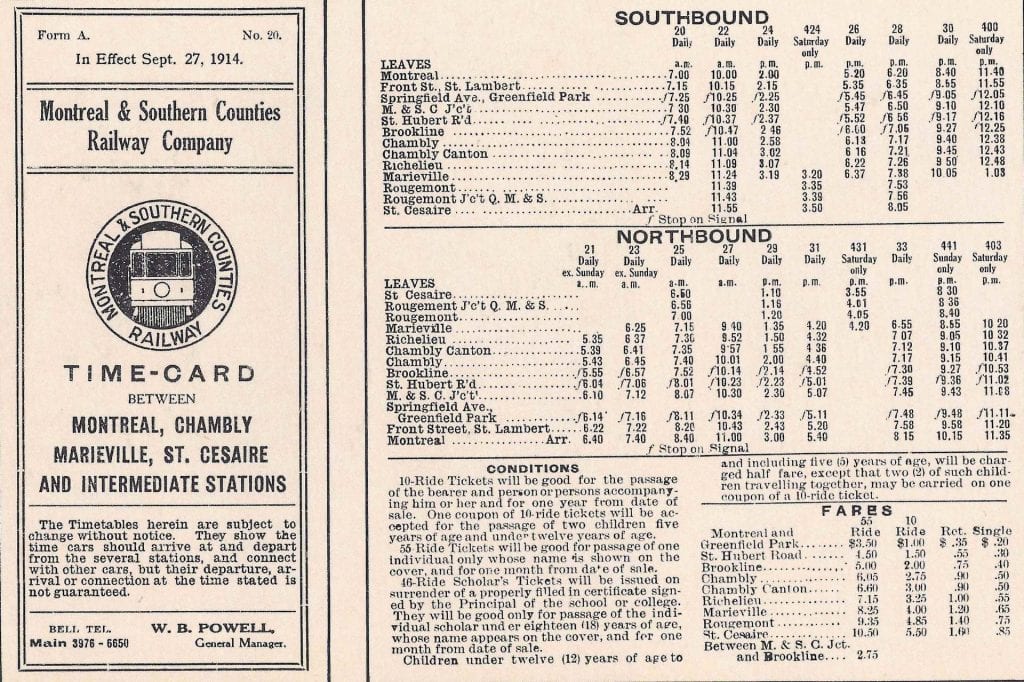
Schedule in effect for the Montreal & Southern Counties Railway on September 27, 1914.
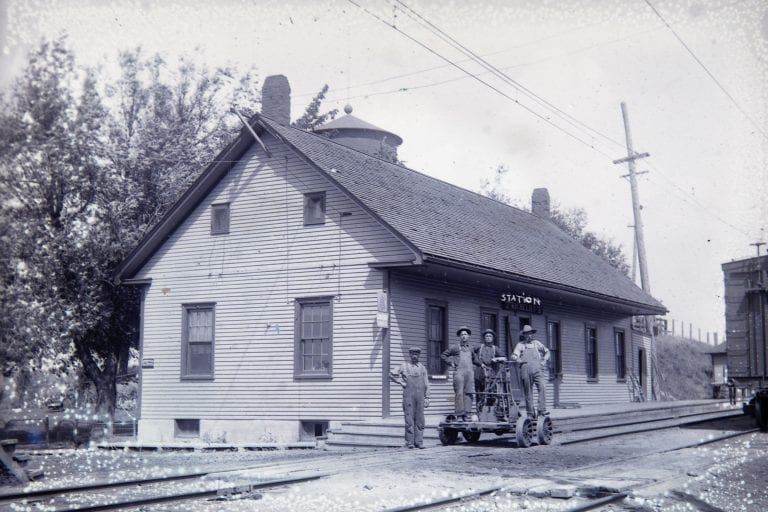
Four railway workers pose in front of Richelieu Station with their “pompeu”—the local name for a handcar or draisine.
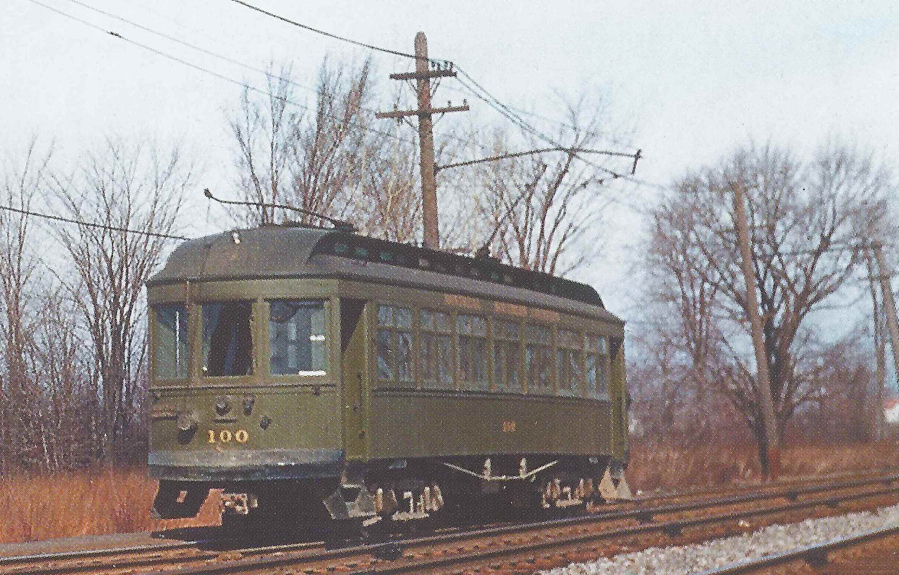
Car 100 to Rouville.
Mrs. Benoit-Ostiguy vividly remembers the Rouville stop at the corner of Chemin du Cordon. In 1944, she was 12 years old, soon to be 13, and lived in a house on that same road. After first attending a one-room primary school in her neighbourhood (the école du rang), she continued her studies at the convent school run by the Sisters of Saint Joseph in the village of Richelieu. She walks the two miles from her home to the flag stop and waits on the platform for the streetcar to arrive. After it brings her to Richelieu Station, she continues on foot to the convent. After school, she makes the trip in the opposite direction and arrives home at around 5:30 p.m. During the winter, she stays in Richelieu with the family of Évariste Ostiguy, her uncle. It took determination and courage for her to continue her studies in those years. The streetcars will no longer stop in Rouville after October 13, 1956.
A handcar or draisine is a light auxiliary rail vehicle, mainly used by railway maintenance workers for when they are inspecting the line, transporting equipment and clearing the tracks. André Gaudreau of Richelieu remembers his childhood excursions from Richelieu Station to Rouville: “In those days, the children in our neck of the woods had nothing faster than a tricycle or an old metal hoop, so the handcar was something of a marvel to us. We had our own small vocabulary for things on the railway. We called this utility vehicle a “pompeu” because the track workers would operate it by pumping alternately on a long lever as they stood facing each other atop the wheeled platform. For us kids, the ultimate reward was to be invited aboard as a rider for a short trip down the tracks. And we thought the handcar had her own special voice—we used to listen to her with our eyes closed: teeka-teek, teeka-teek, teeka-teek. This sound was the noise the wheels made each time they rattled over the rail joints. Every little ride on the pompeu had to be made with a promise of secrecy, or you would have to buy yourself a ticket from the station master the next time.”


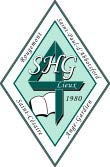
Research and text
Gilles Bachand, historian
Société d'histoire et de généalogie des Quatres Lieux
References and photographs (2020)
Archives of the Société d’histoire et de généalogie des Quatre Lieux
Archives of the Société d’histoire de la Seigneurie de Monnoir